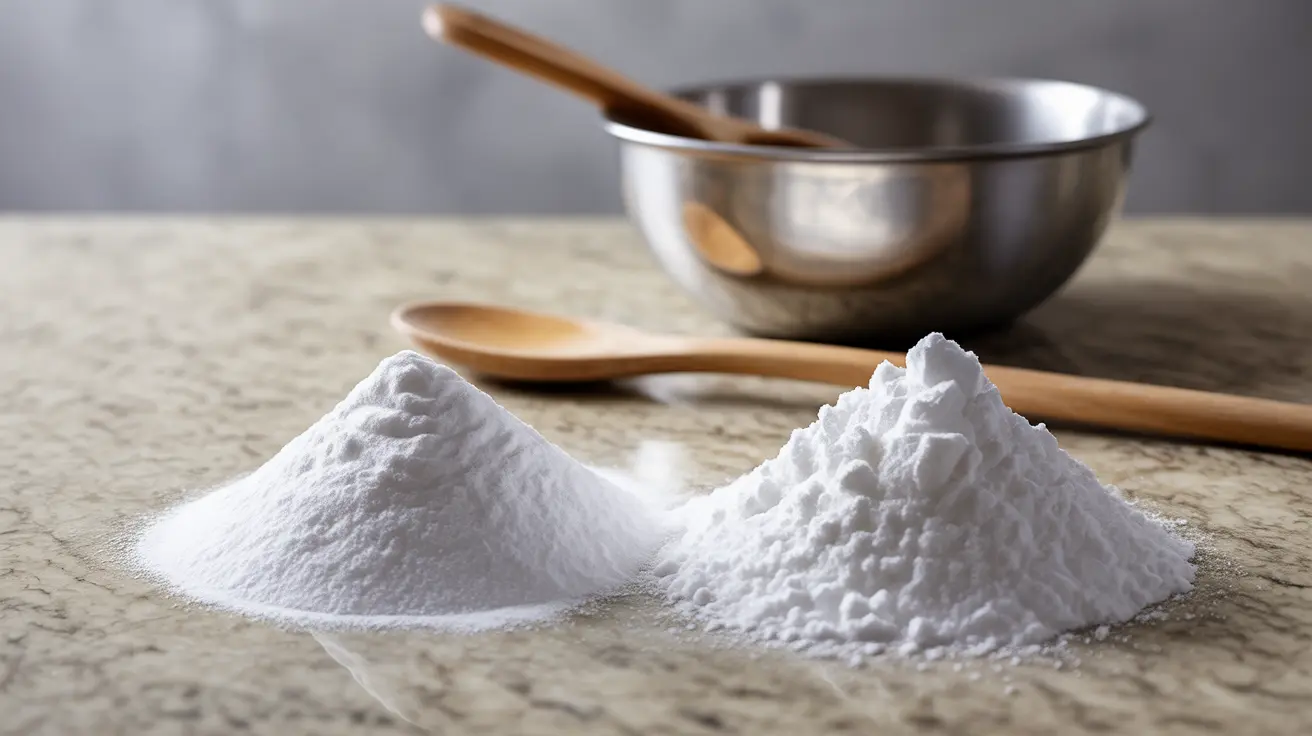Type 2 diabetes has become one of the most significant health challenges of our time, affecting millions of people across the globe. Understanding its prevalence, risk factors, and management options is crucial for both prevention and effective treatment of this chronic condition.
As rates continue to rise worldwide, it's essential to recognize the impact of type 2 diabetes on public health and understand why certain populations are more affected than others. This comprehensive guide explores the scope of type 2 diabetes and what you need to know about this growing health concern.
Global Prevalence and Demographics
Type 2 diabetes affects approximately 462 million people worldwide, making it one of the most common chronic diseases. In the United States alone, more than 37 million people have diabetes, with type 2 diabetes accounting for about 90-95% of all cases.
The condition disproportionately affects certain populations, including:
- African Americans
- Hispanic Americans
- Native Americans
- Asian Americans
- Pacific Islanders
- Older adults (45+ years)
- People with obesity or overweight
- Individuals with a family history of diabetes
Risk Factors and Contributing Elements
Several key factors contribute to the development of type 2 diabetes:
Modifiable Risk Factors
- Obesity or being overweight
- Physical inactivity
- Poor dietary habits
- High blood pressure
- Abnormal cholesterol levels
- Smoking
Non-modifiable Risk Factors
- Age (45 years or older)
- Family history
- Ethnicity
- History of gestational diabetes
- Polycystic ovary syndrome (PCOS)
Diagnosis and Early Detection
Type 2 diabetes is typically diagnosed through several methods:
- Fasting Plasma Glucose (FPG) test
- A1C test
- Oral Glucose Tolerance Test (OGTT)
- Random Plasma Glucose Test
Early detection is crucial as it allows for better management and reduced risk of complications. Regular screening is recommended for individuals with risk factors, particularly those over 45 or with a family history of the condition.
Prevention and Management Strategies
While type 2 diabetes is becoming increasingly common, there are several effective strategies for both prevention and management:
Lifestyle Modifications
- Maintaining a healthy weight
- Regular physical activity (at least 150 minutes per week)
- Balanced, nutritious diet
- Stress management
- Adequate sleep
Medical Management
- Regular blood glucose monitoring
- Medication adherence when prescribed
- Regular medical check-ups
- Preventive care
Frequently Asked Questions
How common is type 2 diabetes worldwide, and what are the main risk factors?
Type 2 diabetes affects approximately 462 million people globally. The main risk factors include obesity, physical inactivity, age over 45, family history, and certain ethnic backgrounds. Some populations show higher prevalence rates due to genetic and lifestyle factors.
What are the key symptoms and signs of type 2 diabetes, and how is it diagnosed?
Key symptoms include increased thirst, frequent urination, unexplained weight loss, fatigue, and slow-healing wounds. Diagnosis typically involves blood tests such as the A1C test, fasting plasma glucose test, or oral glucose tolerance test.
What are the best management and treatment options for type 2 diabetes?
Management typically involves a combination of lifestyle changes (diet, exercise) and medication when necessary. Regular blood sugar monitoring, medical check-ups, and working closely with healthcare providers are essential components of effective treatment.
Can a person reduce their risk of developing type 2 diabetes through lifestyle changes?
Yes, lifestyle modifications can significantly reduce type 2 diabetes risk. Key changes include maintaining a healthy weight, regular physical activity, eating a balanced diet, and avoiding smoking. Studies show these changes can reduce risk by up to 58%.
How does obesity impact the development and management of type 2 diabetes?
Obesity is a major risk factor for type 2 diabetes, as excess body fat can lead to insulin resistance. Weight management is crucial for both prevention and treatment, as even modest weight loss can improve blood sugar control and reduce complications.




